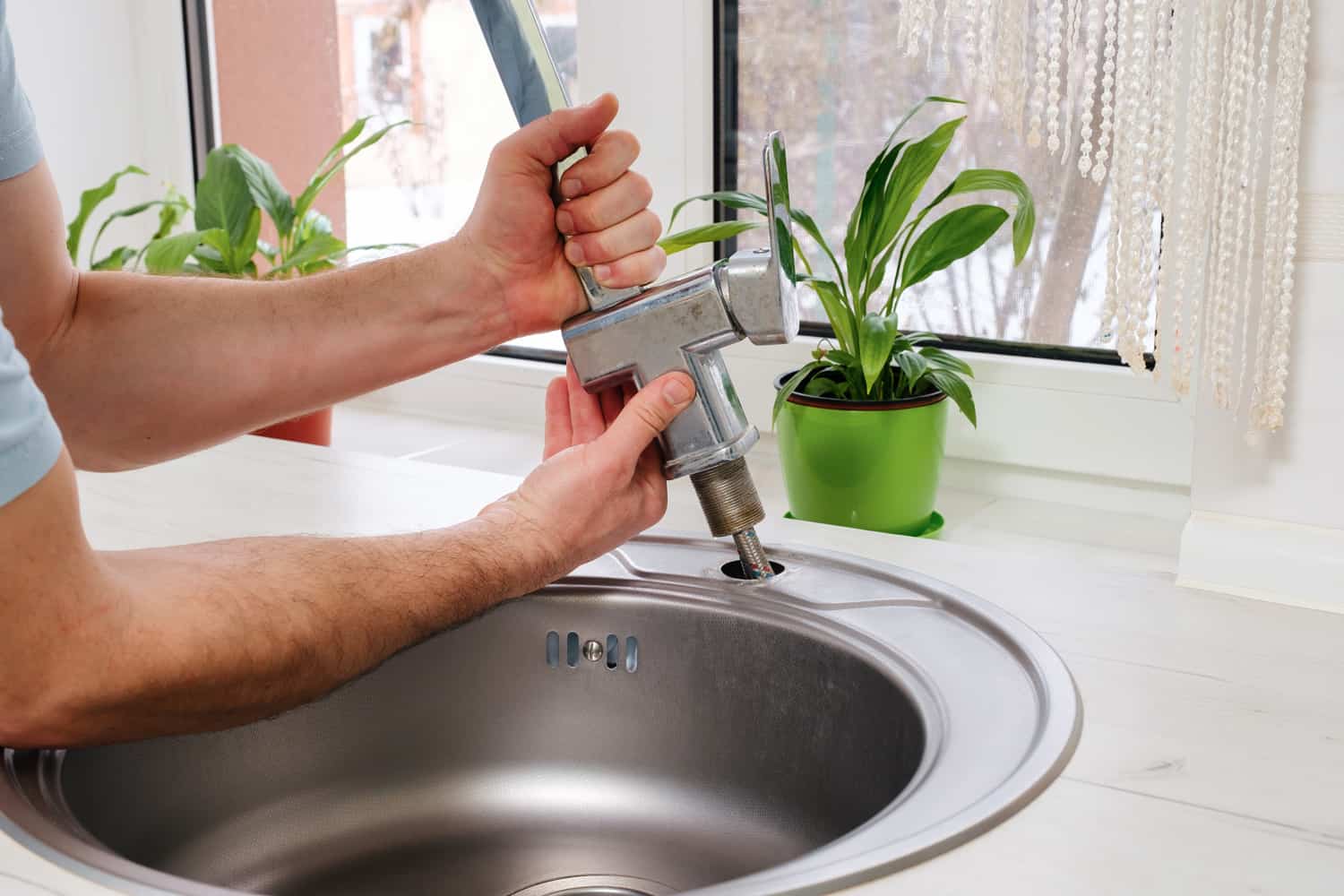Understanding Single Handle Bathroom Faucet Types: How To Remove A Single Handle Bathroom Faucet
Single handle bathroom faucets offer convenience and style, but understanding their different types is crucial for proper maintenance and repair. Let’s delve into the common types of single handle bathroom faucets and their key differences.
Cartridge Faucets
Cartridge faucets are a prevalent type, known for their simplicity and ease of repair. The core component is a cartridge, a cylindrical unit containing a valve that controls water flow.
- Construction: The cartridge comprises a rubber or ceramic disc that seals against a seat, regulating water flow. Turning the handle moves the disc, opening or closing the valve.
- Operation: Water enters the faucet through a single inlet and is directed to the spout through an outlet. The cartridge’s internal mechanism allows for smooth and precise water temperature control.
- Advantages: Cartridge faucets are relatively inexpensive, easy to repair, and offer a smooth, reliable operation.
- Disadvantages: Cartridges can wear out over time, requiring replacement. If the cartridge fails, the entire unit needs replacement.
Ball Faucets
Ball faucets, though less common nowadays, were popular for their innovative design. They utilize a ball-shaped valve with multiple grooves to regulate water flow.
- Construction: The ball valve sits inside a housing with spring-loaded seats that control the flow of hot and cold water. The handle’s movement rotates the ball, aligning the grooves to allow water to pass through.
- Operation: The ball’s rotation allows for precise control of both water flow and temperature. The water flow path is determined by the ball’s position, providing a wide range of settings.
- Advantages: Ball faucets offer excellent water flow control and are relatively durable.
- Disadvantages: Ball faucets can be more complex to repair, and worn-out parts may require replacement of the entire assembly.
Ceramic Disc Faucets
Ceramic disc faucets are known for their durability and precise water control. These faucets employ two ceramic discs that rotate against each other to regulate water flow.
- Construction: The ceramic discs have precise openings that align to control the flow of water. The discs are typically coated with a smooth, durable material that prevents leaks and wear.
- Operation: Turning the handle rotates the discs, adjusting the alignment of the openings and controlling the water flow and temperature.
- Advantages: Ceramic disc faucets are highly durable, offer smooth operation, and provide precise temperature control. They are also relatively easy to repair, as individual parts can often be replaced.
- Disadvantages: Ceramic disc faucets can be more expensive than other types, and the discs can be prone to mineral deposits, which may require cleaning or replacement.
Tools and Materials Needed

Removing a single-handle bathroom faucet is a relatively simple task, but it requires the right tools and materials to ensure a successful and safe process. This section Artikels the essential tools and materials you’ll need to complete the job efficiently.
Tools Required, How to remove a single handle bathroom faucet
The tools required for removing a single-handle bathroom faucet are readily available at most hardware stores.
- Adjustable Wrench: An adjustable wrench is essential for loosening and tightening nuts and bolts. It provides a secure grip and can be adjusted to fit different sizes.
- Channel-Lock Pliers: Channel-lock pliers, also known as water pump pliers, are useful for gripping and turning stubborn nuts or pipes. They offer a strong grip and are particularly helpful for reaching tight spaces.
- Phillips Screwdriver: A Phillips screwdriver is needed to remove the faucet handle and other components that may be secured with Phillips-head screws.
- Flat-Head Screwdriver: A flat-head screwdriver may be required to remove decorative caps or other components that are secured with slotted screws.
- Basin Wrench: A basin wrench is a specialized tool designed to loosen and tighten nuts that are located in tight spaces, such as those found beneath the sink. It has a long handle and a swivel head, allowing you to reach and turn nuts with ease.
- Plumber’s Tape: Plumber’s tape, also known as Teflon tape, is used to seal pipe threads and prevent leaks. It’s important to wrap the tape tightly around the threads in the direction of the water flow.
- Safety Glasses: Safety glasses are essential to protect your eyes from debris and potential splashes of water.
- Work Gloves: Work gloves provide protection for your hands while working with tools and plumbing components.
Materials Needed
Besides the tools, you’ll need some materials to complete the removal process and prepare for the installation of a new faucet.
- New Faucet: The most important material is the new faucet that you’ll be installing. Choose a faucet that meets your needs and complements your bathroom decor.
- New Supply Lines: The supply lines connect the faucet to the water source. They are typically made of braided stainless steel or flexible plastic. It’s recommended to replace the old supply lines with new ones during the installation process.
- Plumber’s Putty: Plumber’s putty is used to create a watertight seal between the faucet and the sink. It’s a soft, malleable material that is applied around the base of the faucet.
- New O-Rings: O-rings are small rubber rings that help to seal the faucet components and prevent leaks. They may need to be replaced during the installation process.
- Cleaning Supplies: Cleaning supplies, such as a sponge, cloth, and mild detergent, are helpful for cleaning the faucet and sink area before and after the installation process.
